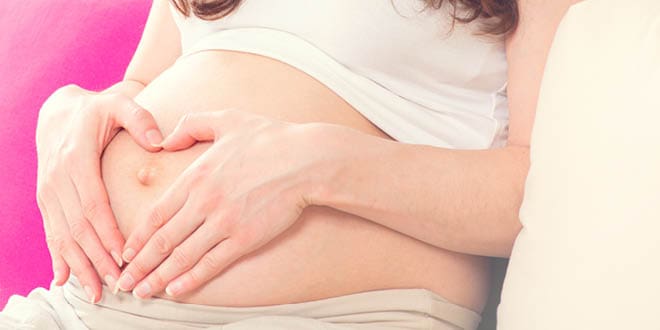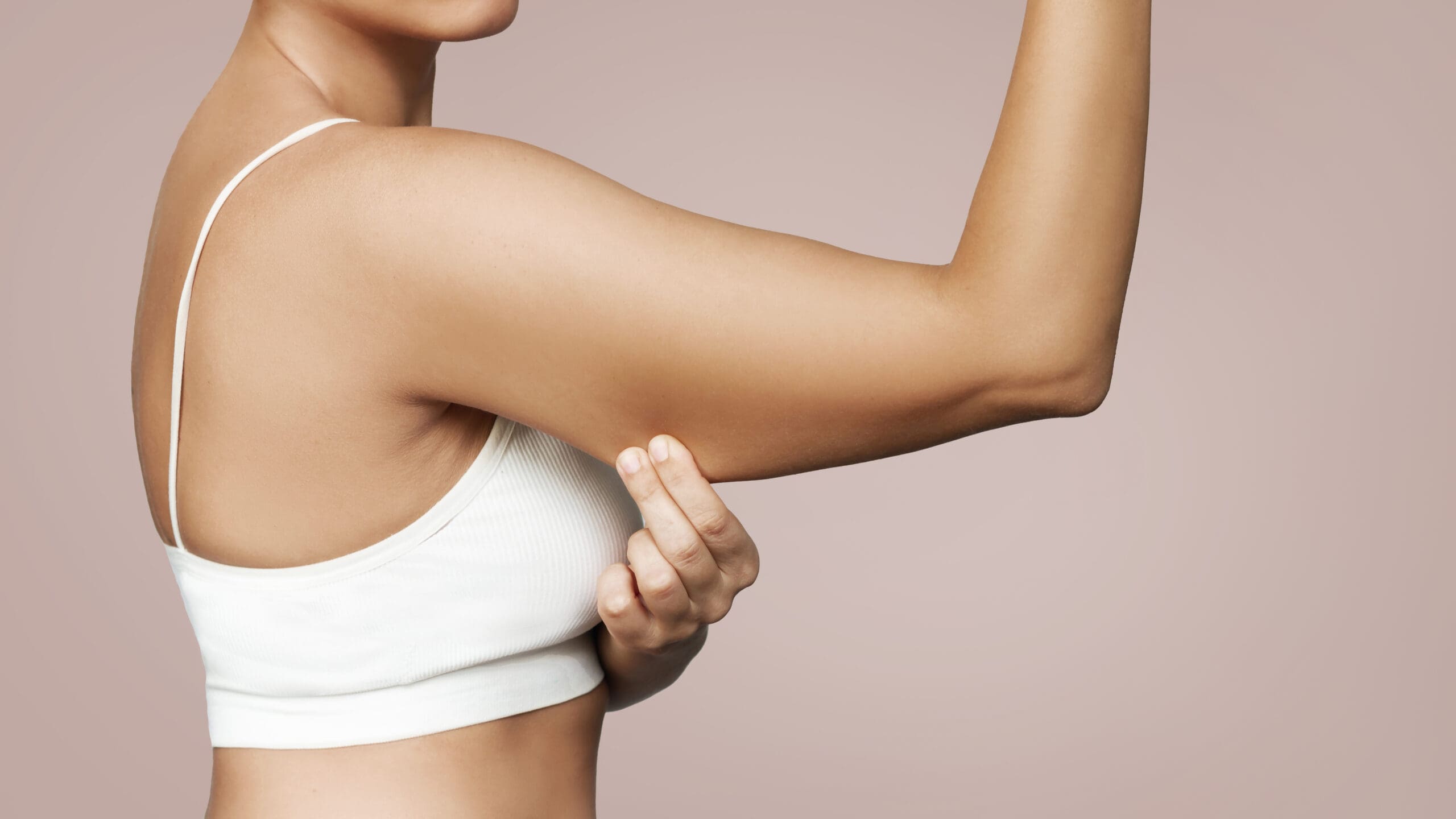The habit of eating the placenta is called placentophagy and has been done by various cultures over the centuries for its supposed health benefits. The placenta contains large amount of protein, fat, collagen and hormones, especially progesterone.
Placenta can be eaten raw, cooked, as a paté or freeze dried and put into capsules.
It is becoming more and more popular for mothers to eat their placenta after it is ground up, dehydrated and put into capsules. There are 87 practitioners listed on the Placenta Services Australia website and they report around 40 clients a month. These women want to benefit from their placenta as they have heard of its abilities to boost their health during the post partim period. There are anecdotal stories that placenta can fix post natal depression, which is probably because it is so high in hormones, especially progesterone.
However, scientific and well controlled studies into the health benefits are hard to find because drug companies cannot benefit from them and thus do not want to fund these studies.
There is a randomised double-blind placebo controlled clinical trial being done at the University of Nevada in Las Vegas, the results of which should be published in late 2015.
Associate Professor Steve Robson of the Royal Australian and NZ College Obstetricians and Gynaecologists says that women considering placentophagy should be cautious and consult their own doctor.
The placenta must be carefully processed and there must be no risk of infection to the mother from the placenta. You should only eat your own placenta and not a placenta from another woman where transmission of viral infections could occur. The process of encapsulating the placenta is very important and must be sterile as bacterial infections could contaminate the placenta from unhygienic processes and handling.
The Australian College of Midwives (ACM) wants to tighten the regulations and controls involving the collection of placentas.
The placenta is delivered to the placenta specialist and turned into capsules and delivered to the mother within 48 hours of childbirth. Some women make “placenta smoothies” at home from fresh raw placenta and fruits. The taste variations could be endless – try coconut milk and you have a tropical placenta!
In the Maori culture, the placenta is buried and planted with a baby tree which can grow in tandem with the child. This way part of you and your child are memorised in the tree.
Now, if you baulk at the idea of chewing placenta or even swallowing capsules of your placenta, but you suffered with post natal depression in the past – don’t despair! You can get a prescription for natural progesterone cream 10% strength and use one gram a daily rubbed into your skin and this will emulate the wellbeing effects of eating placenta.
For more information on progesterone and its benefits on the immune system and mental health see Dr Cabot’s book, Don’t Let Your Hormones Ruin Your Life.









Leave A Comment